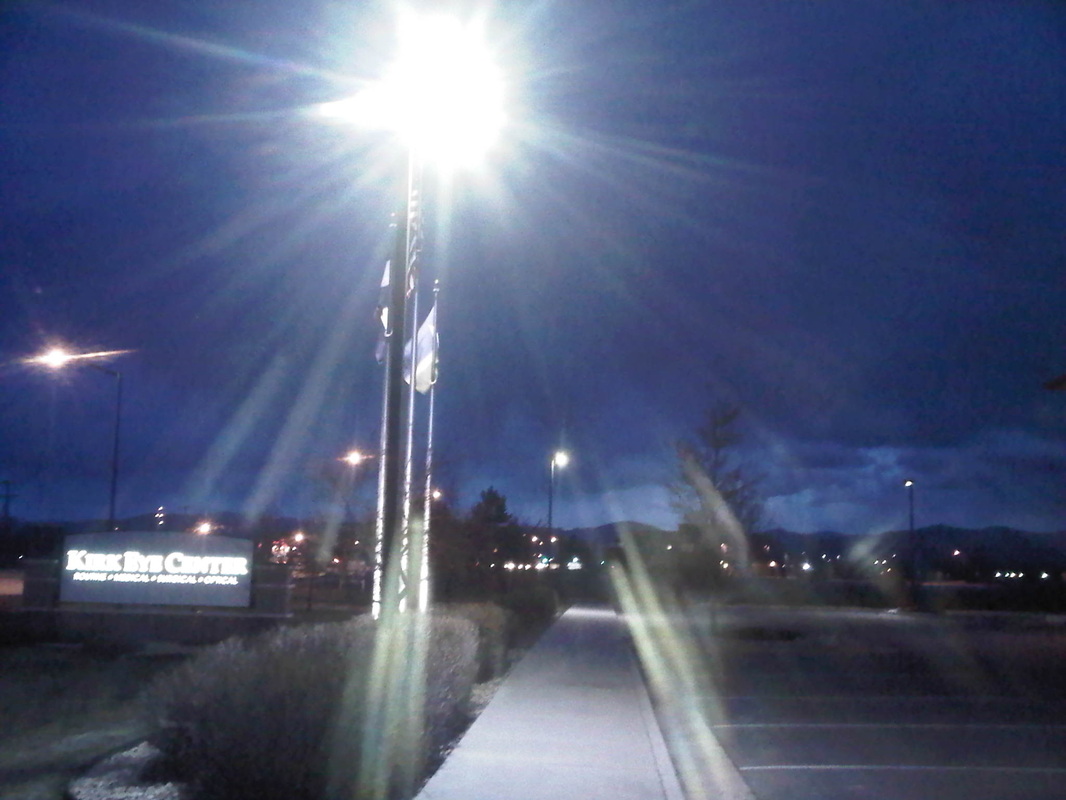| There are many important technical differences between LED lighting (sometimes referred to as solid-state lighting) and traditional lighting. These include many differences that are difficult to see such as increased efficiency, which results in less energy being used to operate the lights, or the conversion of AC current to DC current that's occurring internally in the circuitry |
Another of the most obvious differences that occurs immediately when you turn on an LED light is the simple fact that the light turns on essentially immediately. In contrast, many traditional lights can take several seconds up to many minutes to turn on, and even longer if they are turned on and off, then back on again.
So, why is this?
So, this brings us to LED lighting. Because Light Emitting Diodes (LEDs) don't rely on a gas or filament being heated, they can be much more efficient. Further, because it is only relying on electrical circuitry to produce the light, LEDs can be fully energized much more quickly than traditional lights. So, how does this occur?
The basic nature of an LED light is captured in it's name, light emitting diode. Essentially, what happens when an LED emits light is that an electron (in a diode) that has a higher state (charge) is able to fill a "hole" that only requires a lower energy state, releasing excess energy in the form of photons, including light that is visible to the human eye. The key for this discussion is that this is happening at an atomic level due to the release of light energy by the excited (energized) electron, which happens in a very short period of time. In a manner that is similar to alternating current (house electricity), the exchange of energy in an LED happens so quickly that it is perceived to be essentially immediate. The reality is that the length of delay in the initial energizing of the diodes can be adjusted during the light manufacturing process, but this delay is measured in milliseconds, or timeframes that are 1/1,000th of a second. Again, for most people, this is perceived as essentially instantaneous.
So, why is this considered to be an advantage of using LED lights? For starters, the most obvious is convenience - when an LED light is switched on, it is on essentially instantly. Further, the intensity of the light is nearly 100% right away. This contrasts with more traditional technologies that are slow to turn on and even slower to reach full intensity. In addition, because this is the normal functioning of the light (being energized and de-energized), there is no undue or additional wear and tear on the lights caused by turning the lights on and off. Again, this contrasts with some traditional lighting technologies, where the heating and cooling of the filament is one of the primary reasons a light wears out. A final advantage to the instant on / off nature of LED lighting is that, when combined with the directional nature of the light, it can be used to provide lighting exactly when and where it is needed. This is useful for situations such as providing safety lighting where a light turning on can indicate that motion has been detected by immediately illuminating the area where the detection has occurred, or when a delay might reduce the effectiveness of the light in performing its job. One important example of this is emergency lighting.
To learn more about lighting, see our Frequently Asked Questions (FAQ's) or our LED Terminology page.

 RSS Feed
RSS Feed
